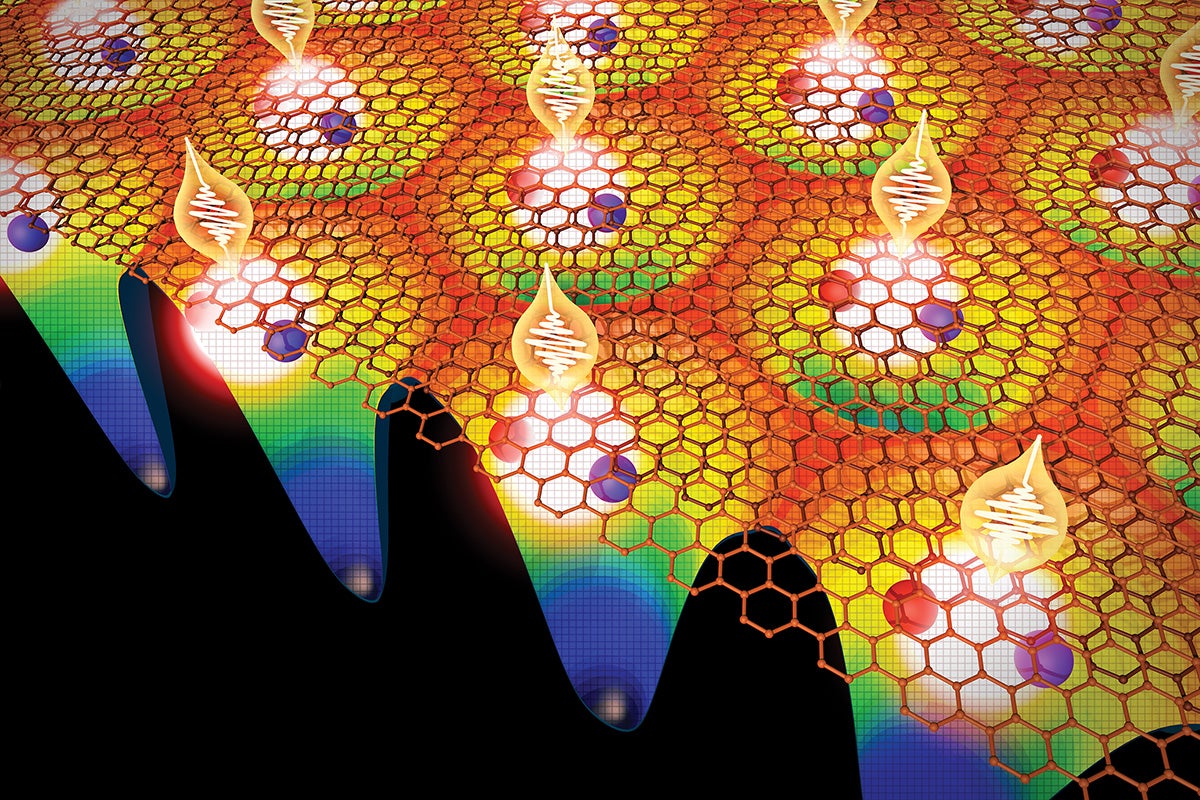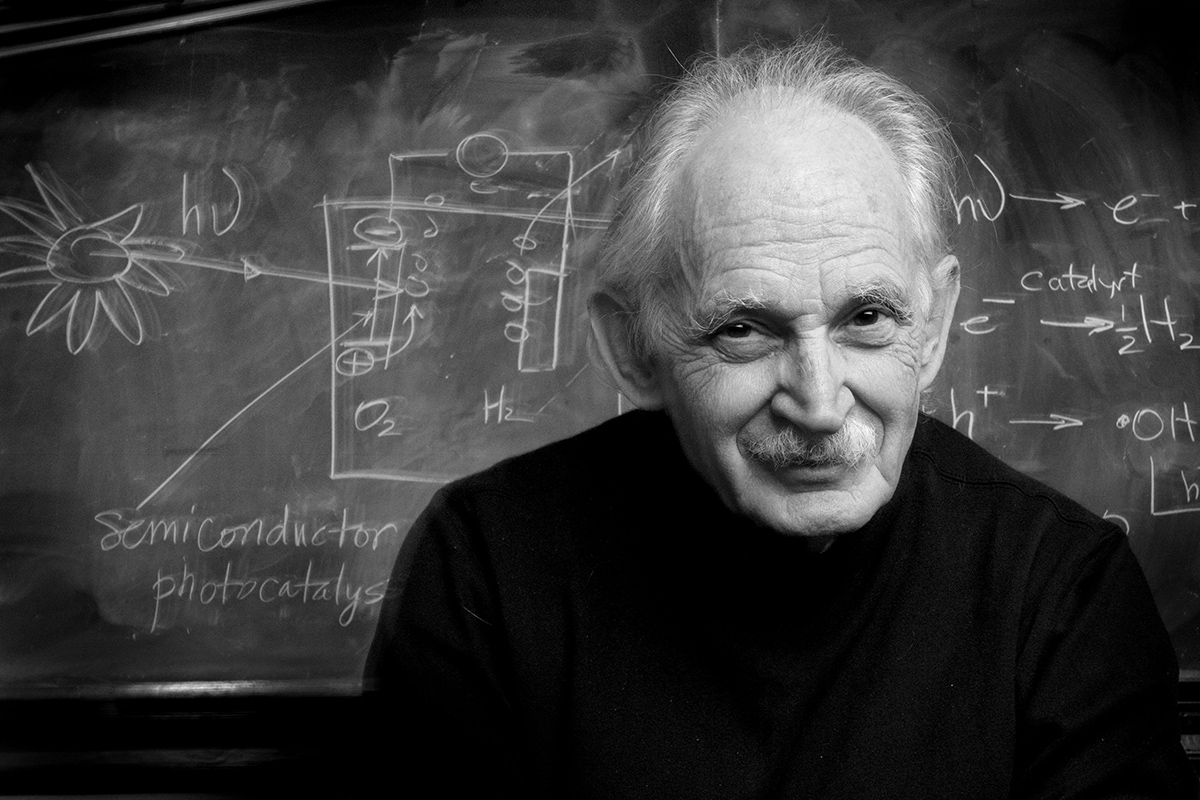News and Highlights
From the Chemistry Department
Professor Kenneth A. Johnson and student Yu-Chih Tsai Receive ACS Recognition
A paper published in the ACS journal Biochemistry by Kenneth A. Johnson and his student, Yu-Chih Tsai, has been recognized by the American Chemical Society as a Most-Cited Article for the year 2006. In the paper, “A new paradigm for DNA-polymerase specificity” (Tsai, Y.-C., and K. A. Johnson (2006) Biochemistry 45, 9675-9687), Tsai and Johnson show how a DNA polymerase can distinguish very similar substrates with extraordinary accuracy. For the past century, chemists and biochemists have been fascinated by the remarkable efficiency and specificity with which enzymes catalyze reactions. Enzymes that replicate DNA are a case-in-point. They can replicate DNA at rates of 300-base pairs per second while making a mistake only 1 to 2 times out of a million. Even then, they stop to correct the error so that the overall error frequency is approximately 1 in a billion. In the 2006 Biochemistry paper, Tsai and Johnson developed a new method of attaching a fluorescent probe to the surface of a DNA-polymerase and showed that they can monitor the rate and equilibrium constants governing changes in protein structure induced by binding a correct or incorrect base. A correct base induces a change in structure from an open state to a closed state in which active site residues are organized for catalysis. Specificity is determined by the rate at which the enzyme closes around the correct substrate and the rate of the chemistry step does not contribute to specificity because the dissociation of the correct substrate from the closed state is slow. In contrast, a mismatched (incorrect) base binds weakly in a state that promotes release of the bound substrate while disorganizing catalytic residues to slow the rate of mismatch incorporation. This work led to a new paradigm for understanding enzyme specificity and resolved a long-standing controversy over the role played by substrate-induced changes in enzyme structure.









